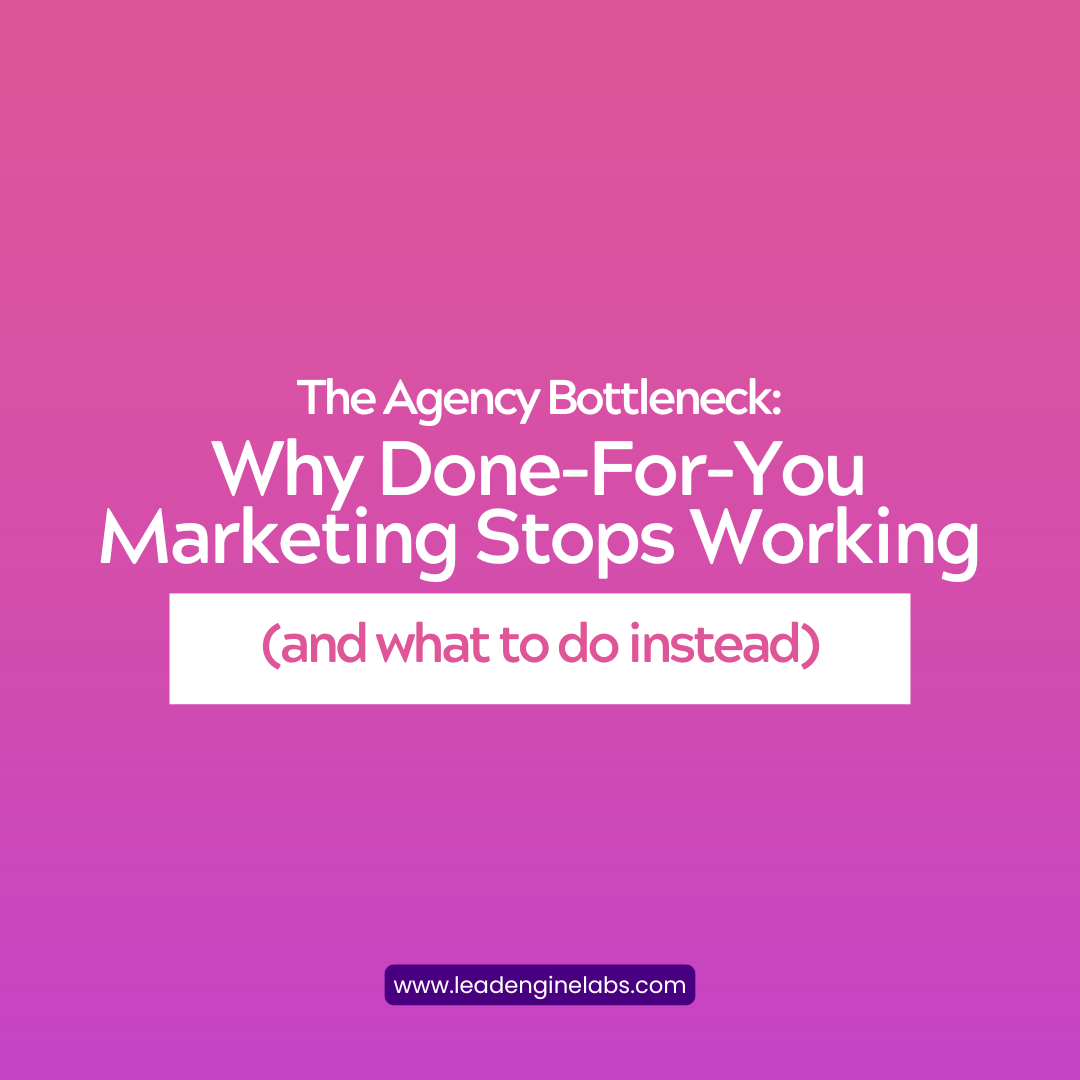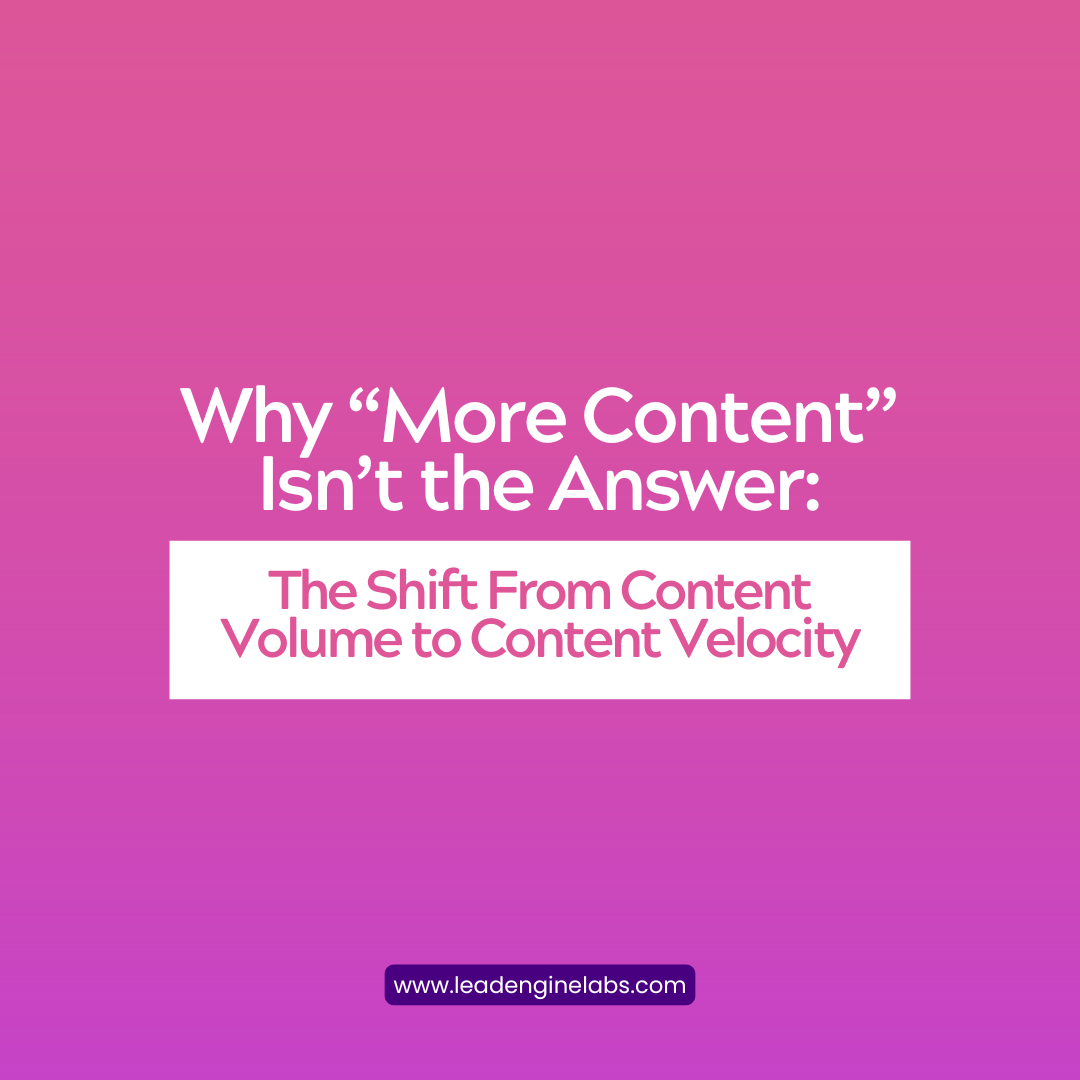Imagine you’re a farmer, sowing seeds in a vast field. You know that to harvest the best crops, you need to plant the right seeds in the right soil. Similarly, in today’s digital landscape, if you want to grow your community, you need to create content that resonates with your audience.

This is where the concept of affinity content comes in. By planting the right seeds of shared values and beliefs, you can build a strong bond with your audience and stand out from your competitors.
In this article, we’ll explore how affinity content can help you grow your community. We’ll discuss the four essential types of content that every marketing strategy needs, including attraction, authority, action, and of course, affinity content. We’ll delve into the benefits of affinity content, and we’ll offer tips on creating effective affinity content that will engage your audience and build a loyal following.
So, let’s get started on this journey of cultivating a thriving community through the power of affinity content.
Key Takeaways
- Affinity content is crucial for building a strong bond and standing out from competitors in marketing strategy.
- Personal stories and experiences and contentious content are two essential types of affinity content that help to establish trust, loyalty, and connections with the audience.
- Creating effective affinity content requires identifying audience values and beliefs, conducting research, personalizing the message, being transparent, taking a stand, and using visuals.
- Affinity content resonates with the audience, attracts more people with shared beliefs and values, and creates a loyal fan base that supports the content creator through thick and thin.
Types of Affinity Content To Grow Your Community
Now let’s dive deeper into the different types of affinity content that you can create to attract and engage your audience. Affinity content is all about connecting with your target audience on a deeper level, and there are several types of content that can help you achieve this.

One type of affinity content is personal stories and experiences. Sharing personal anecdotes, struggles, and triumphs can help your audience relate to you on a more personal level, building trust and a stronger connection.
Another type of affinity content is contentious content. This type of content may be more controversial, but it can also attract a larger audience with shared beliefs and values. Examples of contentious content can include discussing political or social issues that are relevant to your target audience. By taking a stance on a controversial topic, you can attract people who share your beliefs and potentially create a community around your content.
Overall, it’s important to consider your target audience and their values when creating affinity content to ensure that it resonates with them and helps build a strong connection.
Benefits of Affinity Content
By creating affinity content, you can build connections with your audience that go beyond surface level interactions.

When you speak directly to their values and beliefs, you form a strong bond that acts as a bridge, bringing you and your readers closer together like a magnet drawing in iron filings.
This bond helps to establish trust and loyalty, which are essential for growing a community.
Affinity content distinguishes you from your competition and helps you to stand out in a crowded market.
When you create content that resonates with your audience, you attract more people with shared beliefs and values.
This may make some enemies, but it also helps you to create a loyal fan base that will support you through thick and thin.
So don’t be afraid to be personal or contentious in your content – it’s all part of building a strong connection with your readers.
Creating Effective Affinity Content
To create effective content that resonates with your audience, start by identifying their values and beliefs. Crafting affinity messages that truly connect with your readers requires a deep understanding of what motivates them. Consider these tips when creating effective affinity content:
- Conduct research: Use surveys, polls, and social listening tools to gain insights into your audience’s values and beliefs.
- Personalize your message: Speak directly to your audience and use anecdotes that resonate with them.
- Be transparent: Share your own beliefs and values to build trust and create a sense of community.
- Take a stand: Don’t be afraid to take a stance on controversial issues that align with your audience’s beliefs.
- Use visuals: Incorporate images and videos that support your message and evoke emotions.
Examples of effective affinity content include blog posts, social media updates, and videos that resonate with your audience on a personal level. By crafting messages that reflect your audience’s values and beliefs, you can build a loyal following and grow your community.




